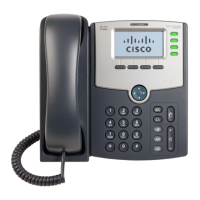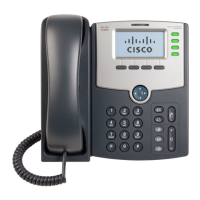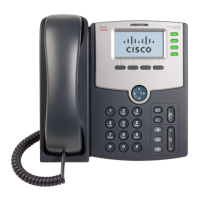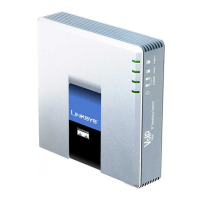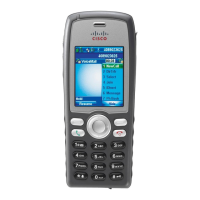Call Progress Tones
Cisco Small Business SPA300 Series, SPA500 Series, and WIP310 IP Phone Administration Guide 184
7
This field can also be a network path (url) to download a ring tone data file from a
server on-the-fly. In this case, the syntax of the field is
w=[tftp://]hostname[:port]/path.
cadence-id is the index of the desired cadence to play the given waveform.
8 cadences (1–8) as defined in <Cadence 1> through <Cadence 8>.
Cadence-id can be 0 If w=3,4, or an url. Setting c=0 implies the on-time is
the natural length of the ring tone file.
break-time specifies the number of seconds to break between two bursts
of ring tone, such as b=2.5
total-time specifies the total number of seconds to play the ring tone before
it times out
Example: SIT Tone
n=Classic-1,w=3;c=1
n=Simple-1,w=2;c=1
Call Progress Tones
For definitions of all call progress tones, see “Call Progress Tones” section on
page 261.
Distinctive Ring Patterns
Ring cadence defines the ringing pattern that announces a telephone call.
NOTE The WIP310 has only eight distinctive ring pattern fields.
The pattern is:
length(on/off)
where:
• Length: The total length of the ring
• On: The number of “on” seconds
• Off: The number of “off” seconds.
Example 1: Normal Ring
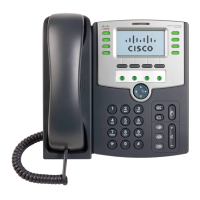
